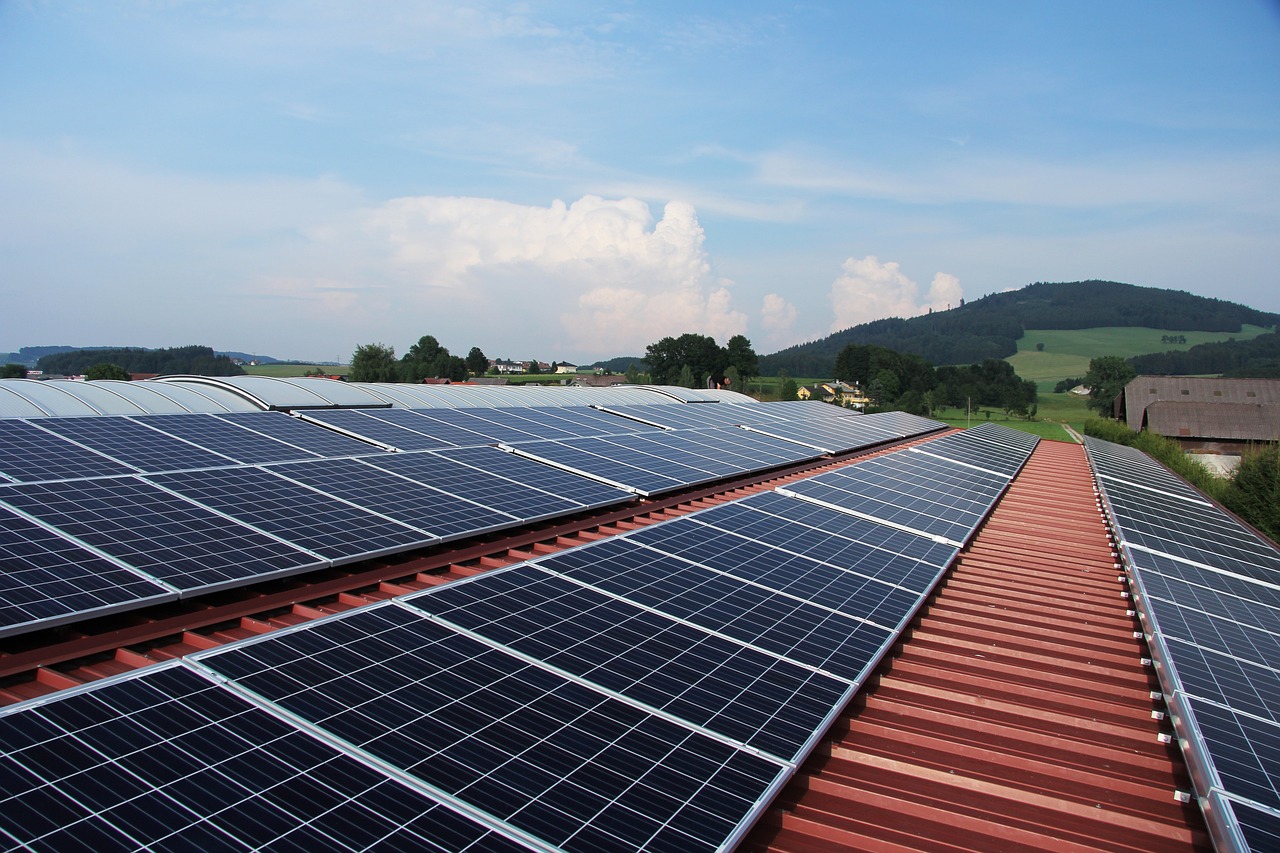Unlocking the Potential: A Deep Dive into the European PV Inventory Situation

Introduction
The European solar industry has been buzzing with anticipation and concerns over the reported 80GW of unsold photovoltaic (PV) modules currently stockpiled in warehouses across the continent. This revelation, detailed in a recent research report by Norwegian consulting firm Rystad, has sparked a range of reactions within the industry. In this article, we will dissect the findings, explore industry responses, and contemplate the potential impact on the European solar landscape.
Understanding the Numbers
Rystad’s report, released recently, indicates an unprecedented surplus of 80GW of PV modules in European warehouses. This stark figure has fueled discussions about oversupply concerns and the implications for the solar market. Interestingly, skepticism has emerged within the industry, with some questioning the accuracy of these data. It’s worth noting that Rystad’s earlier estimate in mid-July suggested a more conservative 40GW of unsold PV modules. This significant discrepancy prompts us to delve deeper into the dynamics of the European solar inventory.
Industry Reactions
The revelation of an 80GW surplus has triggered diverse reactions among industry insiders. While some view it as a sign of potential market saturation, others express skepticism due to the disparity between the recent figures and Rystad’s earlier estimates. It raises critical questions about the factors contributing to this surge in unsold PV modules and the accuracy of inventory assessments. Understanding these dynamics is crucial for both industry stakeholders and investors seeking clarity on the future of the European solar market.
Possible Factors Contributing to Oversupply
Several factors may have led to the accumulation of such a substantial inventory of PV modules. These include shifts in demand patterns, disruptions in supply chains, and fluctuations in government policies affecting solar incentives. Analyzing these factors is vital for gaining insights into the root causes of the surplus and formulating strategies to address the imbalance in the market.
Potential Impact on the European Solar Landscape
The implications of an 80GW surplus are far-reaching. It could impact pricing dynamics, market competition, and the overall growth trajectory of the solar industry in Europe. Understanding how these factors interplay is essential for businesses, policymakers, and investors navigating the complex landscape of the solar market.
Looking Ahead
As we dissect the nuances of the current inventory situation, it’s essential to keep a watchful eye on how the European solar industry evolves in the coming months. The discrepancy in Rystad’s estimates underscores the dynamic nature of the solar market and the challenges in predicting inventory levels accurately. By staying informed and adapting to changing market dynamics, stakeholders can position themselves strategically for success in this rapidly evolving industry.
Post time: Oct-25-2023

